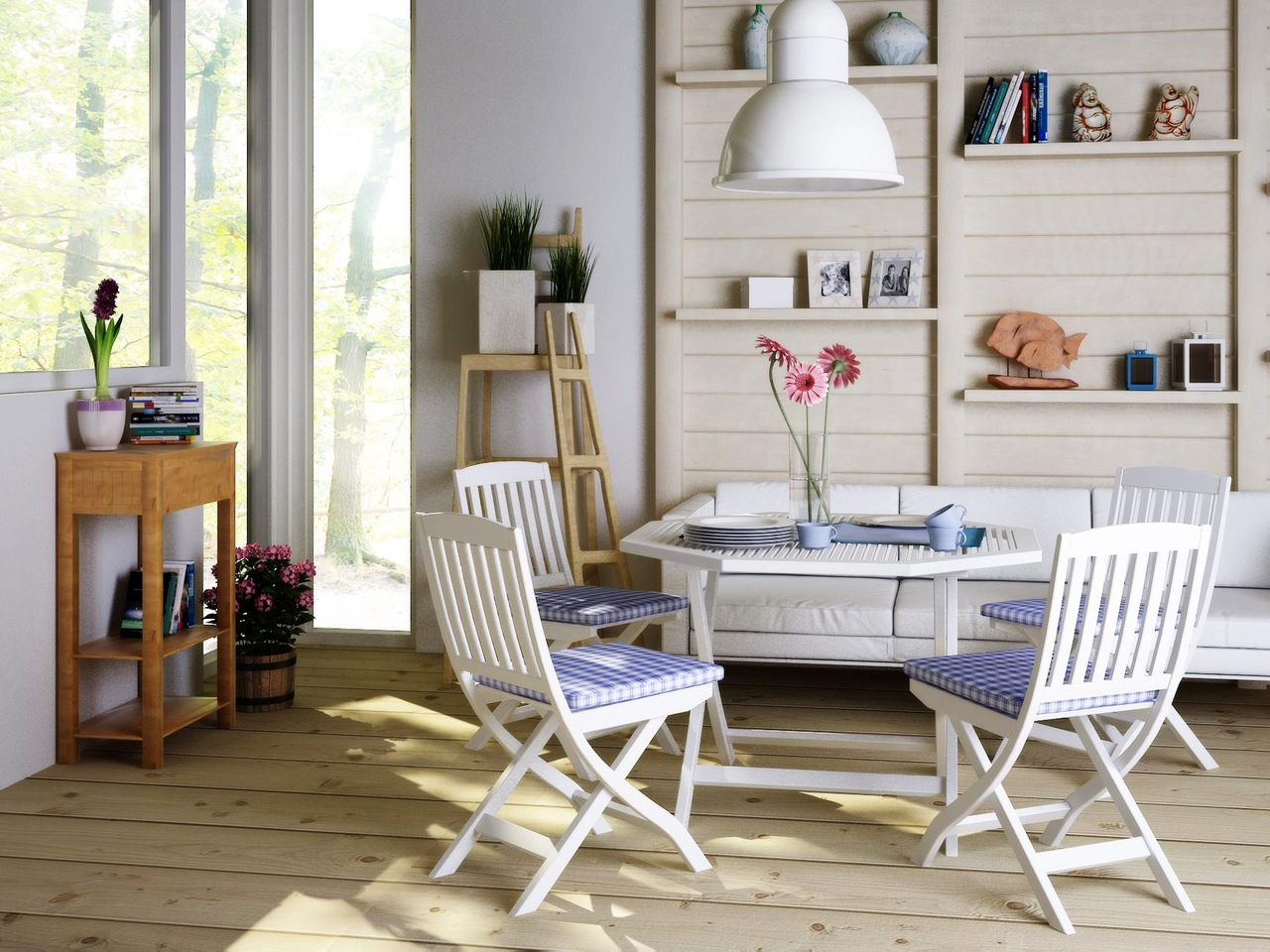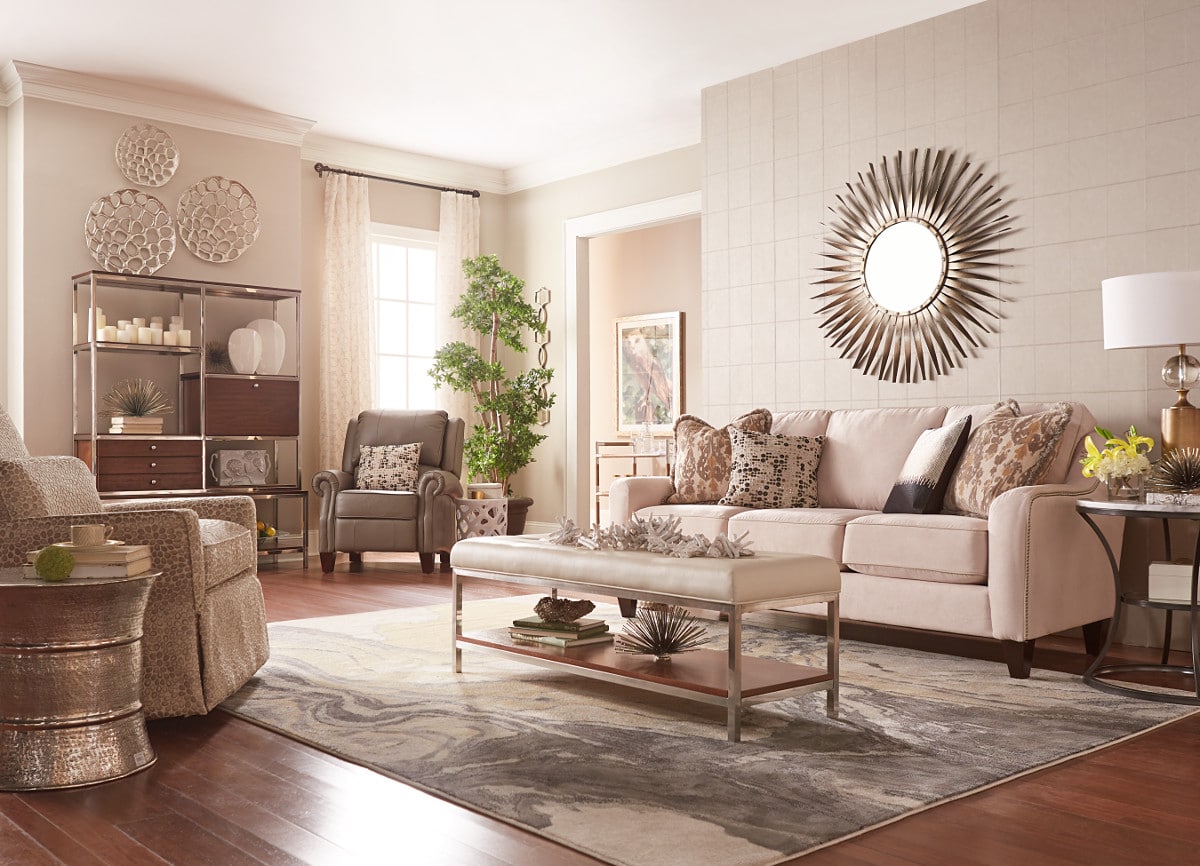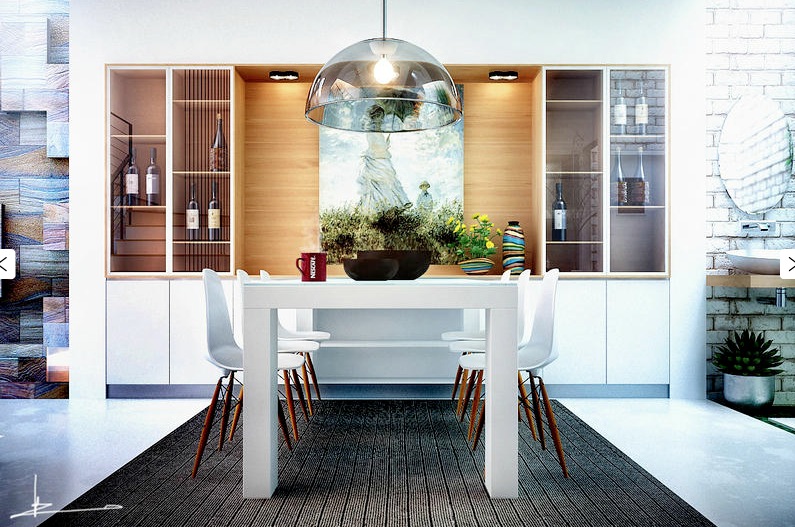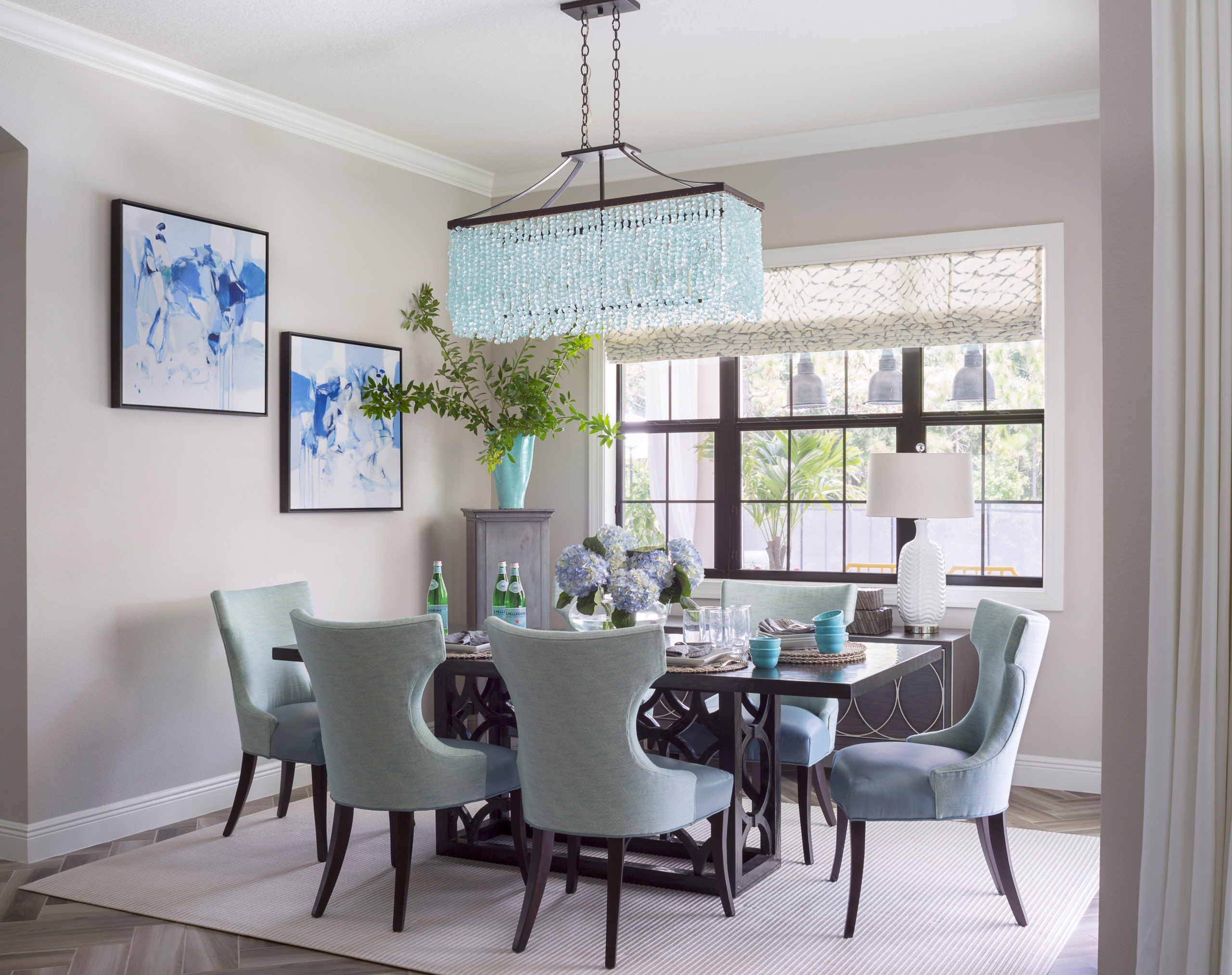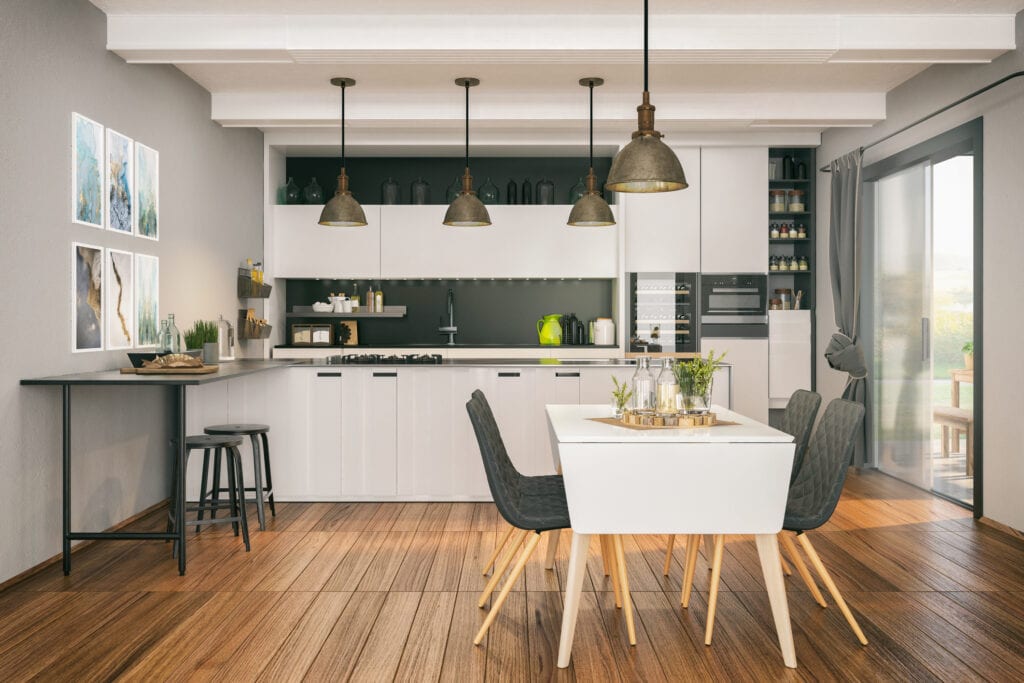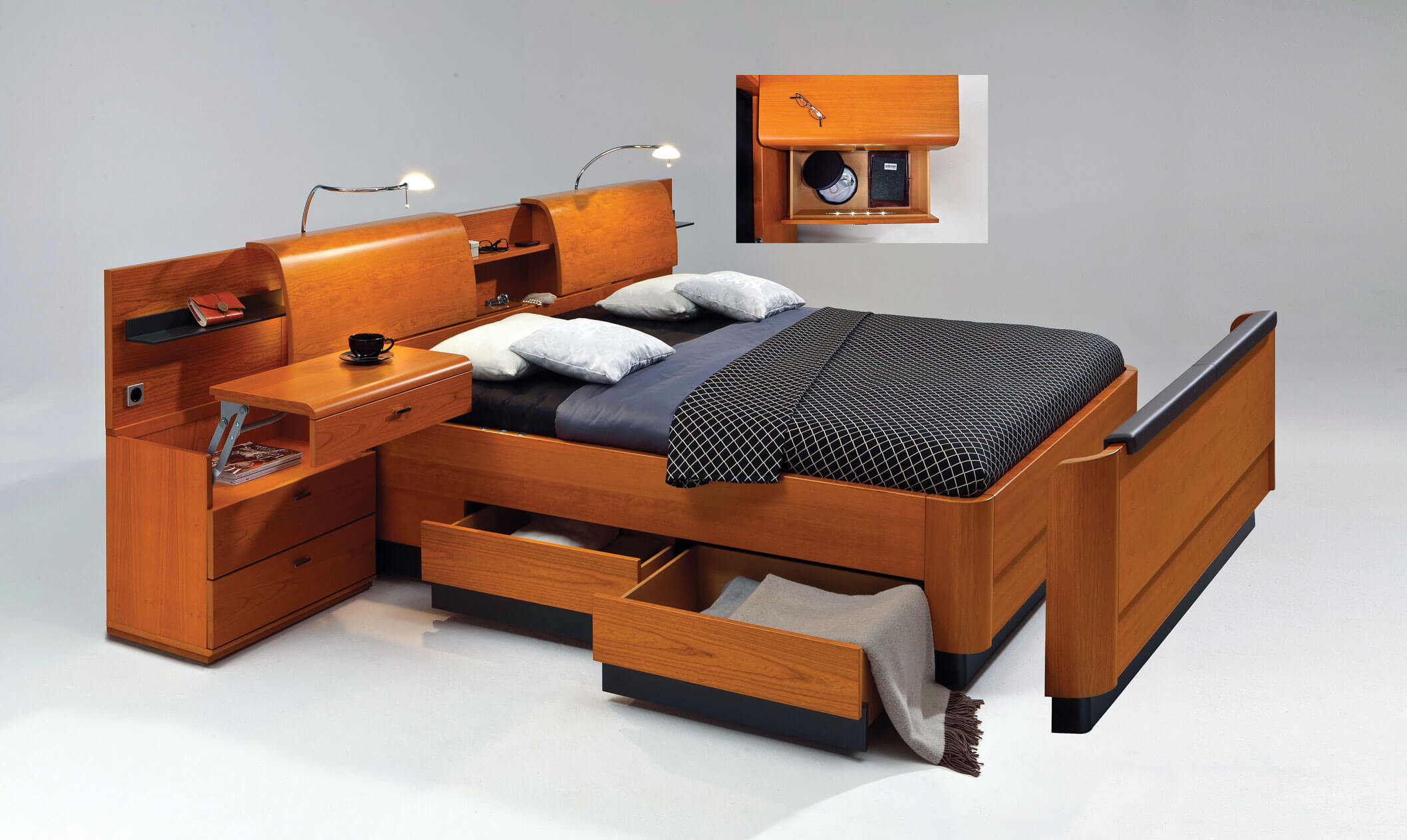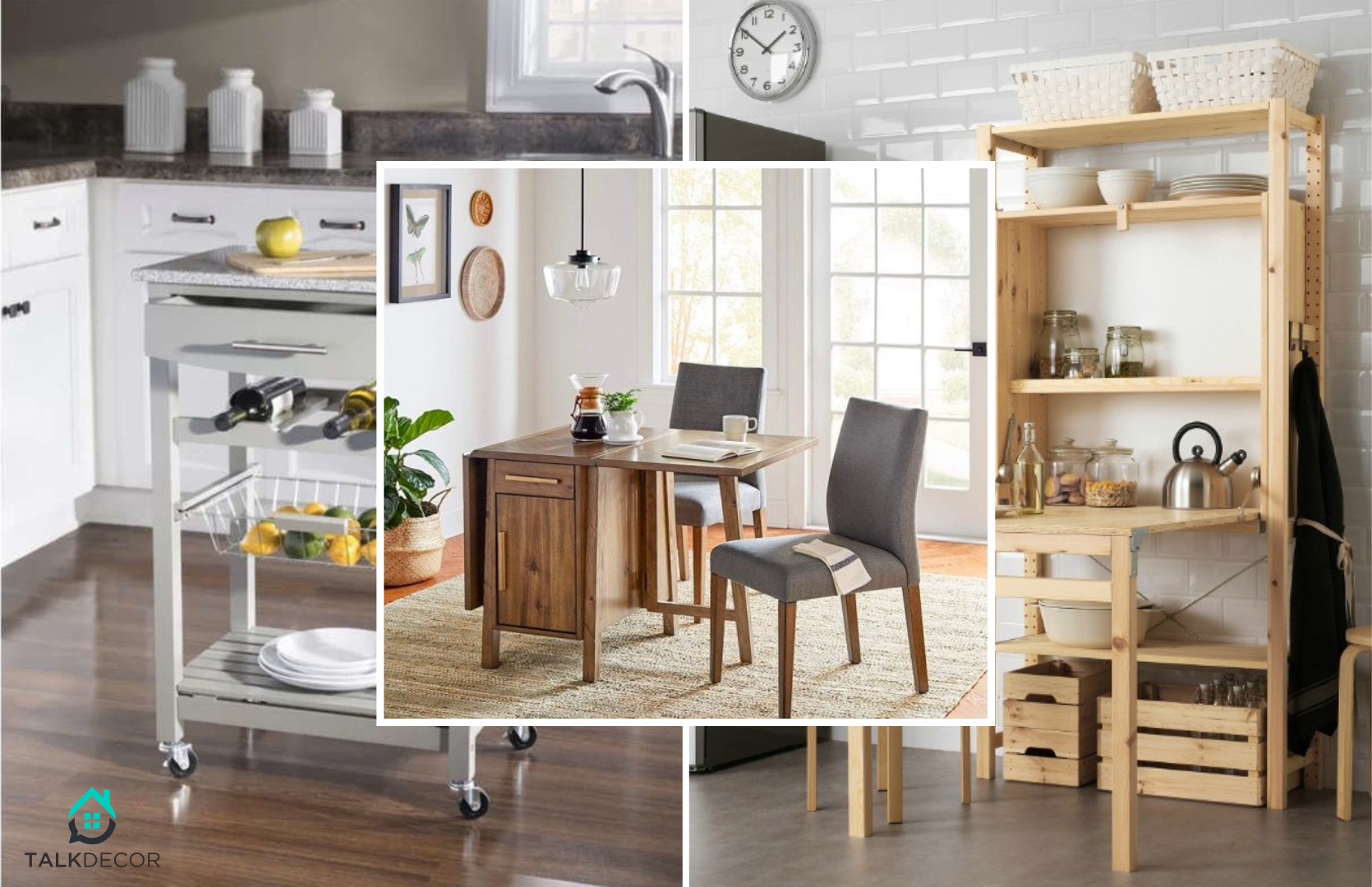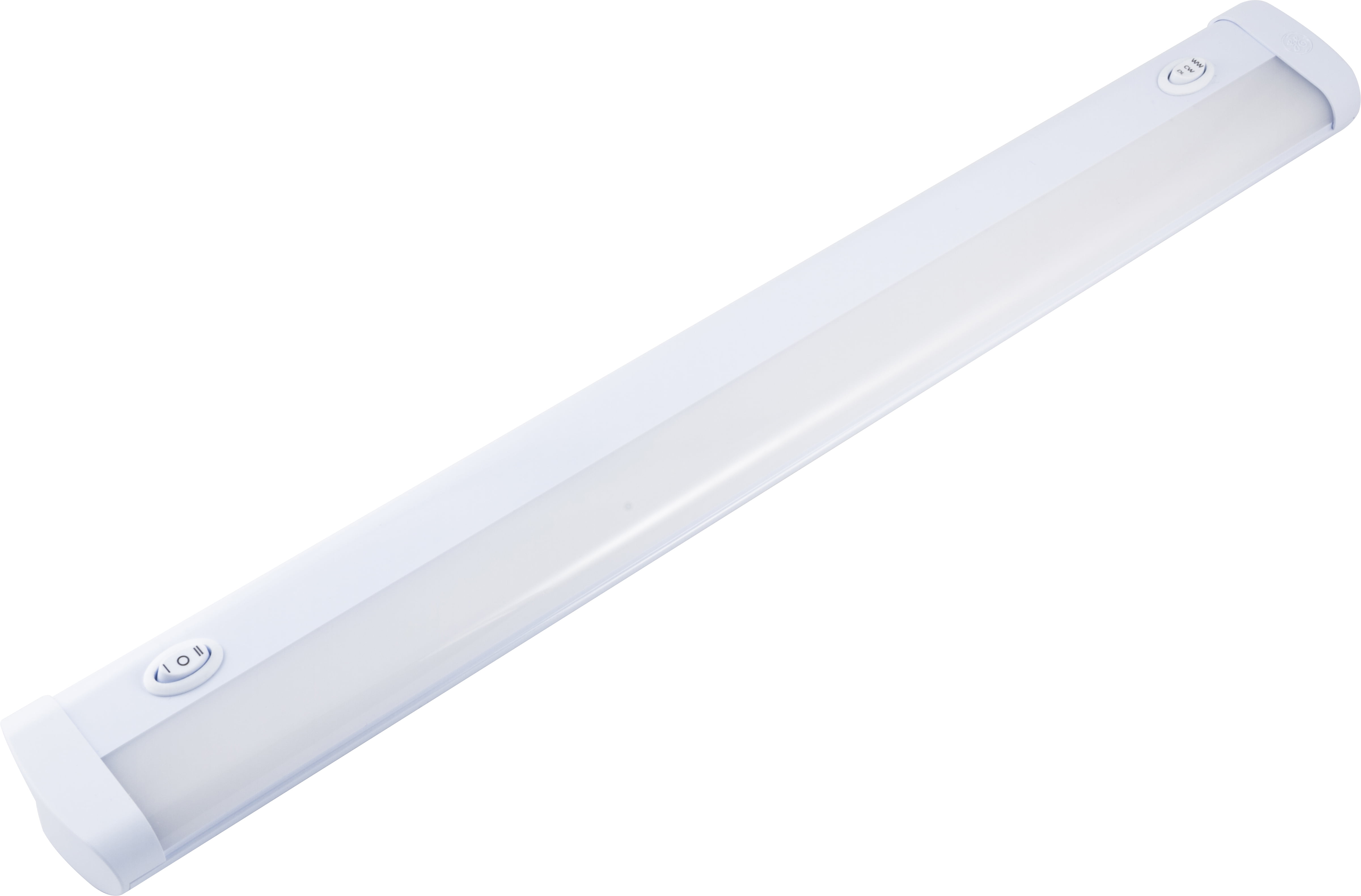Designing the perfect dining room involves careful planning and consideration of various design elements. From creating a functional space to incorporating your personal style, there are many factors to keep in mind when designing a dining room. Here are the top 10 design criteria to follow for planning your dining room.Design Criteria for Planning Dining Room
Before diving into the specific design criteria, it's important to understand the key elements and principles of design. These include balance, proportion, unity, rhythm, and emphasis. By incorporating these principles into your dining room design, you can create a space that is both visually appealing and functional.Designing a Dining Room: Key Elements and Principles
When planning your dining room, it's essential to consider the functionality of the space. Will it be used for everyday meals, formal dinner parties, or a combination of both? This will determine the layout and furniture choices. For example, if you frequently entertain, you may want to consider a larger table and additional seating options.Creating a Functional and Stylish Dining Room: Design Tips
When it comes to designing a dining room, there are a few essential considerations to keep in mind. These include the size and shape of the room, the lighting, and the flow of traffic. It's important to choose a dining table and chairs that fit comfortably in the space and allow for easy movement around the room.Essential Design Considerations for a Dining Room
If you have a small dining room, maximizing space is crucial. One way to do this is by choosing furniture with a smaller footprint, such as a round or square table. You can also utilize vertical space by adding shelves or a buffet for storage. Another strategy is to use light colors and mirrors to create the illusion of a larger space.Maximizing Space in a Dining Room: Design Strategies
Many homeowners want a dining room that can serve multiple purposes, from daily meals to special occasions. To achieve this, consider incorporating flexible seating options, such as benches or chairs that can easily be moved around. You can also add a statement piece, like a chandelier, to elevate the space for formal gatherings.Designing a Dining Room for Entertaining and Everyday Use
Natural light can enhance the look and feel of a dining room. When designing your space, consider the placement of windows and how they will affect the lighting. You can also add reflective surfaces, like a mirrored wall or metallic accents, to help bounce light around the room. Don't forget to also include artificial lighting options for when natural light isn't available.Incorporating Natural Light in Dining Room Design
The furniture you choose for your dining room can greatly impact the overall design of the space. When selecting a dining table, consider the material, shape, and size. For chairs, consider the comfort and style. You can mix and match different styles for a unique and eclectic look or stick to a cohesive design theme.Choosing the Right Furniture for Your Dining Room: Design Tips
A cohesive color scheme can tie the design of a dining room together. Start by choosing a main color and then select complementary shades to incorporate throughout the space. You can also use accent colors to add pops of interest. Consider the mood you want to create in the room and choose colors accordingly.Designing a Dining Room with a Cohesive Color Scheme
If your dining room also serves as a workspace or a place to relax, consider incorporating design elements that cater to these functions. For a workspace, add a desk or shelves for storage. For a relaxation area, incorporate comfortable seating and soft lighting. Don't be afraid to get creative and think outside the box!Creating a Multifunctional Dining Room: Design Ideas
Design Criteria for Planning Dining Room

Importance of a Well-Designed Dining Room
 A dining room is not just a space for eating meals, it is a central gathering place for family and friends to come together and share stories, laughter and create memories. This is why it is important to carefully plan and design this space in your home. A well-designed dining room not only enhances the visual appeal of your house, but it also creates a welcoming and inviting atmosphere for your guests. In this article, we will discuss the key design criteria for planning a dining room that will not only meet your functional needs but also reflect your personal style and taste.
A dining room is not just a space for eating meals, it is a central gathering place for family and friends to come together and share stories, laughter and create memories. This is why it is important to carefully plan and design this space in your home. A well-designed dining room not only enhances the visual appeal of your house, but it also creates a welcoming and inviting atmosphere for your guests. In this article, we will discuss the key design criteria for planning a dining room that will not only meet your functional needs but also reflect your personal style and taste.
Consider the Available Space
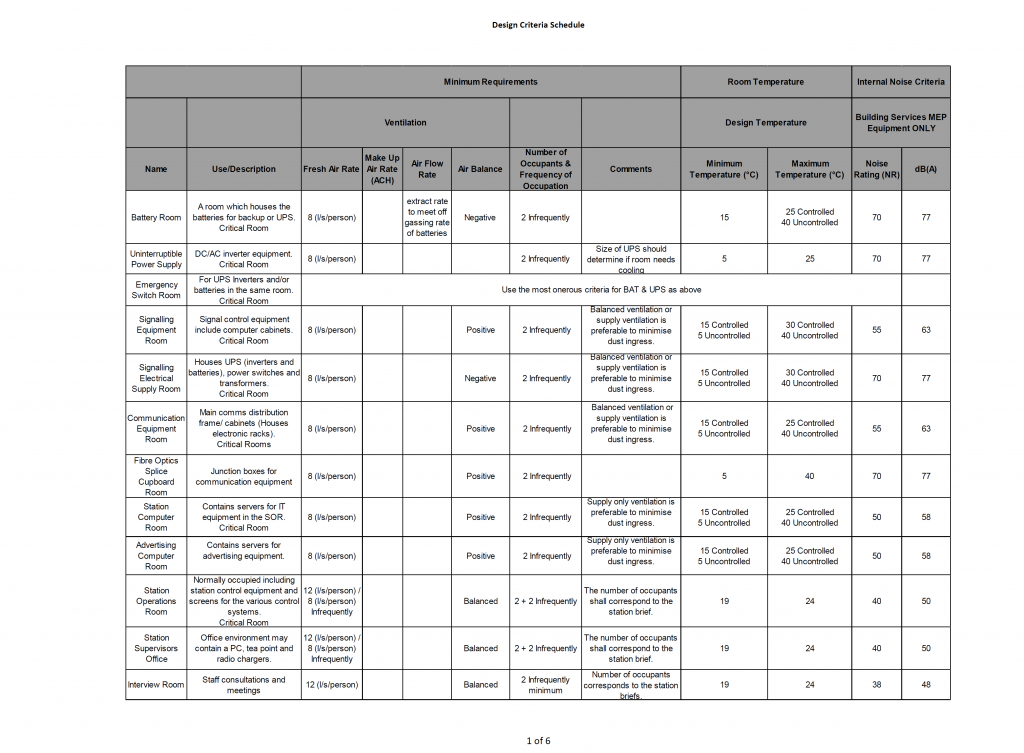 The first step in planning a dining room is to consider the available space.
Space planning
is crucial as it helps determine the size and shape of the dining table, chairs, and other furniture pieces that will fit comfortably in the room. It is important to leave enough space for people to move around freely, especially when chairs are pulled out for seating. Take accurate measurements of the room and draw a floor plan to get a better visual understanding of the space.
The first step in planning a dining room is to consider the available space.
Space planning
is crucial as it helps determine the size and shape of the dining table, chairs, and other furniture pieces that will fit comfortably in the room. It is important to leave enough space for people to move around freely, especially when chairs are pulled out for seating. Take accurate measurements of the room and draw a floor plan to get a better visual understanding of the space.
Choose the Right Furniture
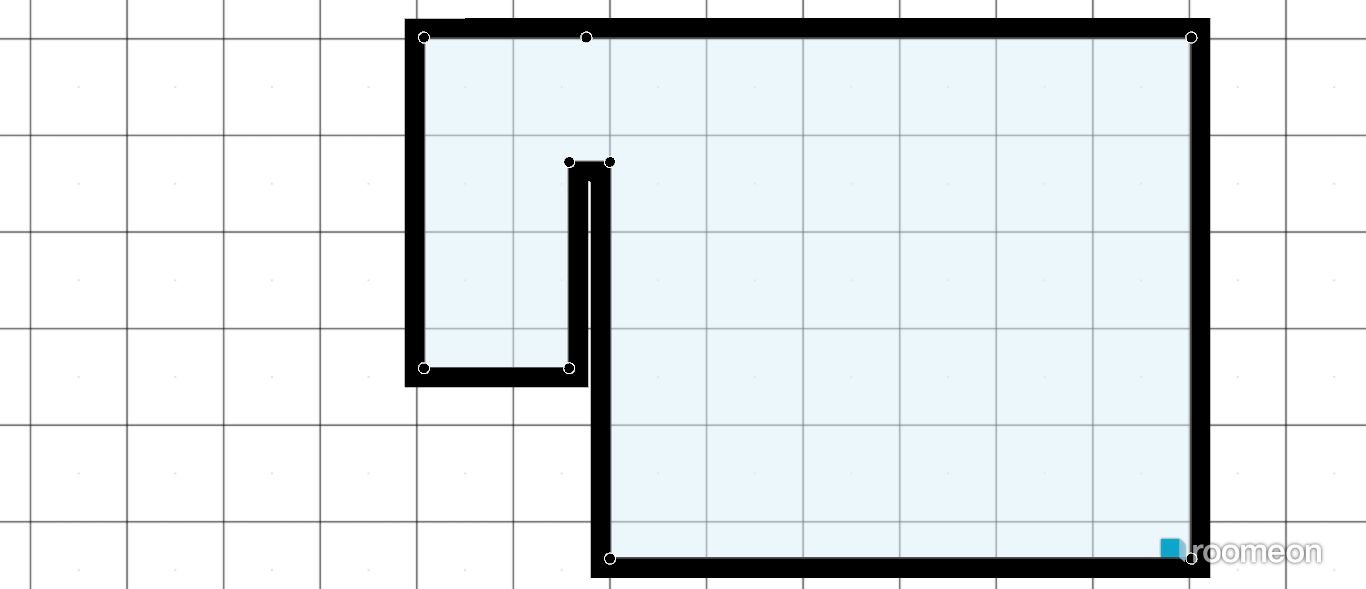 Once you have determined the space, it is time to choose the right furniture for your dining room.
Dining tables
come in various shapes, sizes, and materials, so choose one that suits your needs and complements the overall style of your house. For smaller rooms, consider a round or oval table as they take up less space and allow for better flow. For larger rooms, rectangular or square tables can be a good option. Make sure to leave enough space around the table for chairs and movement.
Once you have determined the space, it is time to choose the right furniture for your dining room.
Dining tables
come in various shapes, sizes, and materials, so choose one that suits your needs and complements the overall style of your house. For smaller rooms, consider a round or oval table as they take up less space and allow for better flow. For larger rooms, rectangular or square tables can be a good option. Make sure to leave enough space around the table for chairs and movement.
Lighting and Color Scheme
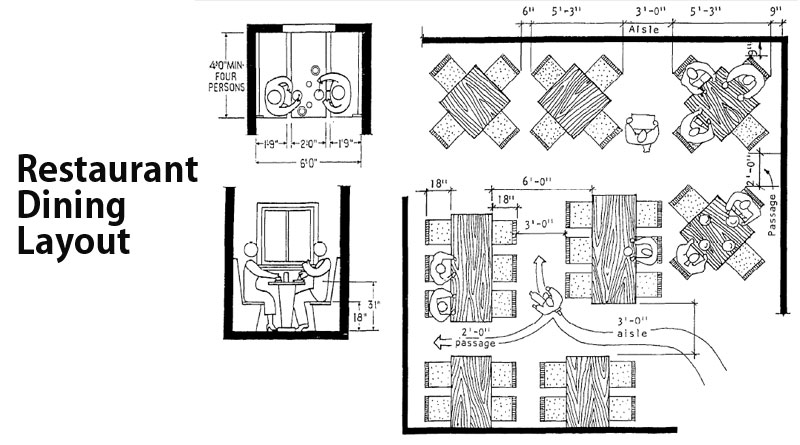 Lighting plays a crucial role in creating the right ambiance for a dining room.
Chandeliers
are a popular choice for dining rooms as they provide both functional and decorative lighting. However, make sure to choose one that is the right size for your dining table. Other options include pendant lights or wall sconces. Another important aspect to consider is the color scheme.
Neutral colors
like white, beige, or grey are a popular choice for dining rooms as they create a soothing and inviting atmosphere. You can add pops of color through curtains, rugs, or artwork.
Lighting plays a crucial role in creating the right ambiance for a dining room.
Chandeliers
are a popular choice for dining rooms as they provide both functional and decorative lighting. However, make sure to choose one that is the right size for your dining table. Other options include pendant lights or wall sconces. Another important aspect to consider is the color scheme.
Neutral colors
like white, beige, or grey are a popular choice for dining rooms as they create a soothing and inviting atmosphere. You can add pops of color through curtains, rugs, or artwork.
Final Touches
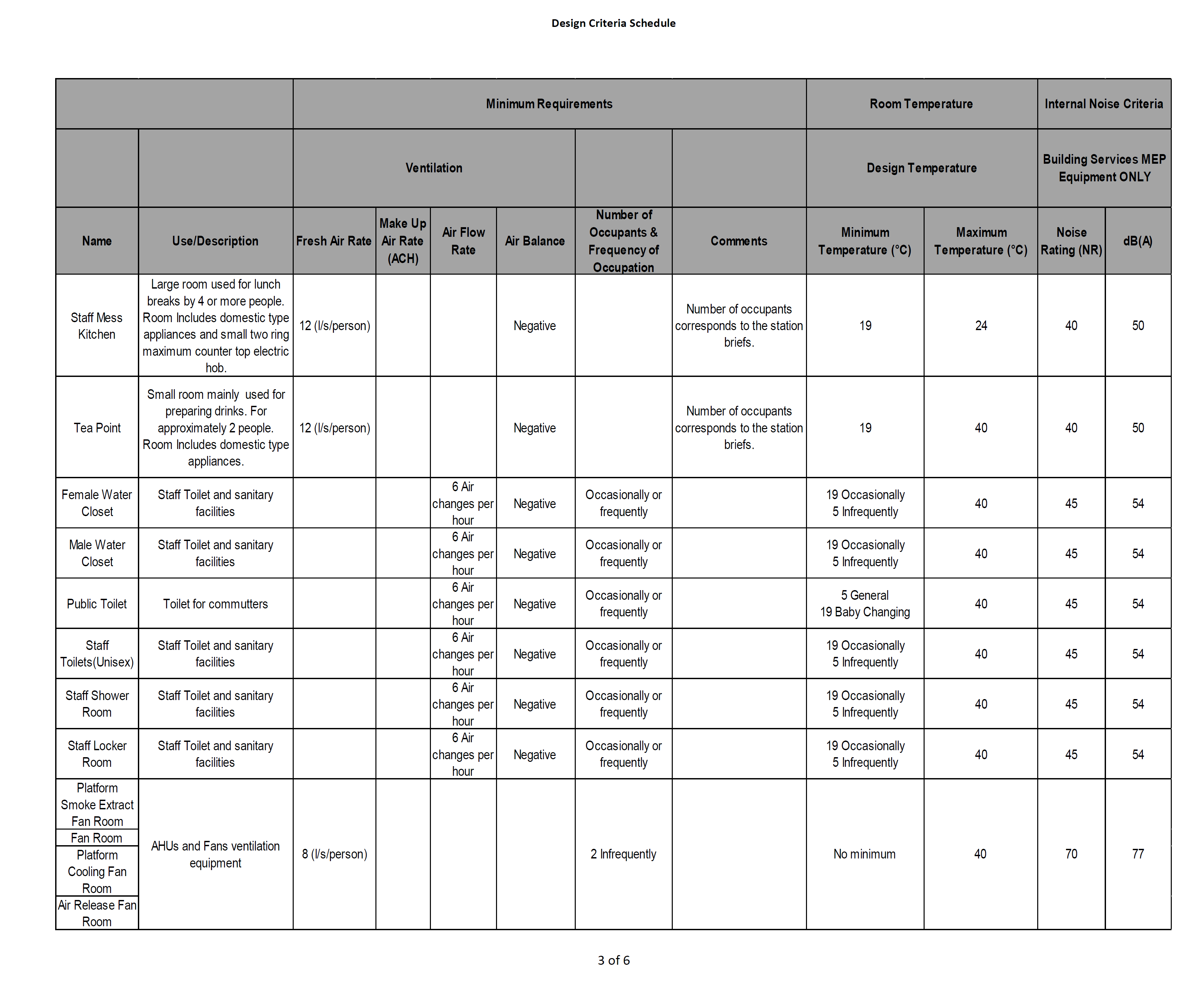 Once the main elements are in place, it is time to add the final touches to your dining room.
Accessories
like a centerpiece, table runner, or decorative items can add a personal touch and tie the whole room together. Make sure to keep the accessories to a minimum to avoid cluttering the space. You can also add a
sideboard
or
buffet
for extra storage and to showcase your favorite dinnerware.
In conclusion, a well-designed dining room is not only aesthetically pleasing but also functional and inviting. By considering the available space, choosing the right furniture, and paying attention to lighting and color scheme, you can create a dining room that reflects your personal style and enhances the overall design of your home. Keep these design criteria in mind and you will have a dining room that you and your guests will love spending time in.
Once the main elements are in place, it is time to add the final touches to your dining room.
Accessories
like a centerpiece, table runner, or decorative items can add a personal touch and tie the whole room together. Make sure to keep the accessories to a minimum to avoid cluttering the space. You can also add a
sideboard
or
buffet
for extra storage and to showcase your favorite dinnerware.
In conclusion, a well-designed dining room is not only aesthetically pleasing but also functional and inviting. By considering the available space, choosing the right furniture, and paying attention to lighting and color scheme, you can create a dining room that reflects your personal style and enhances the overall design of your home. Keep these design criteria in mind and you will have a dining room that you and your guests will love spending time in.








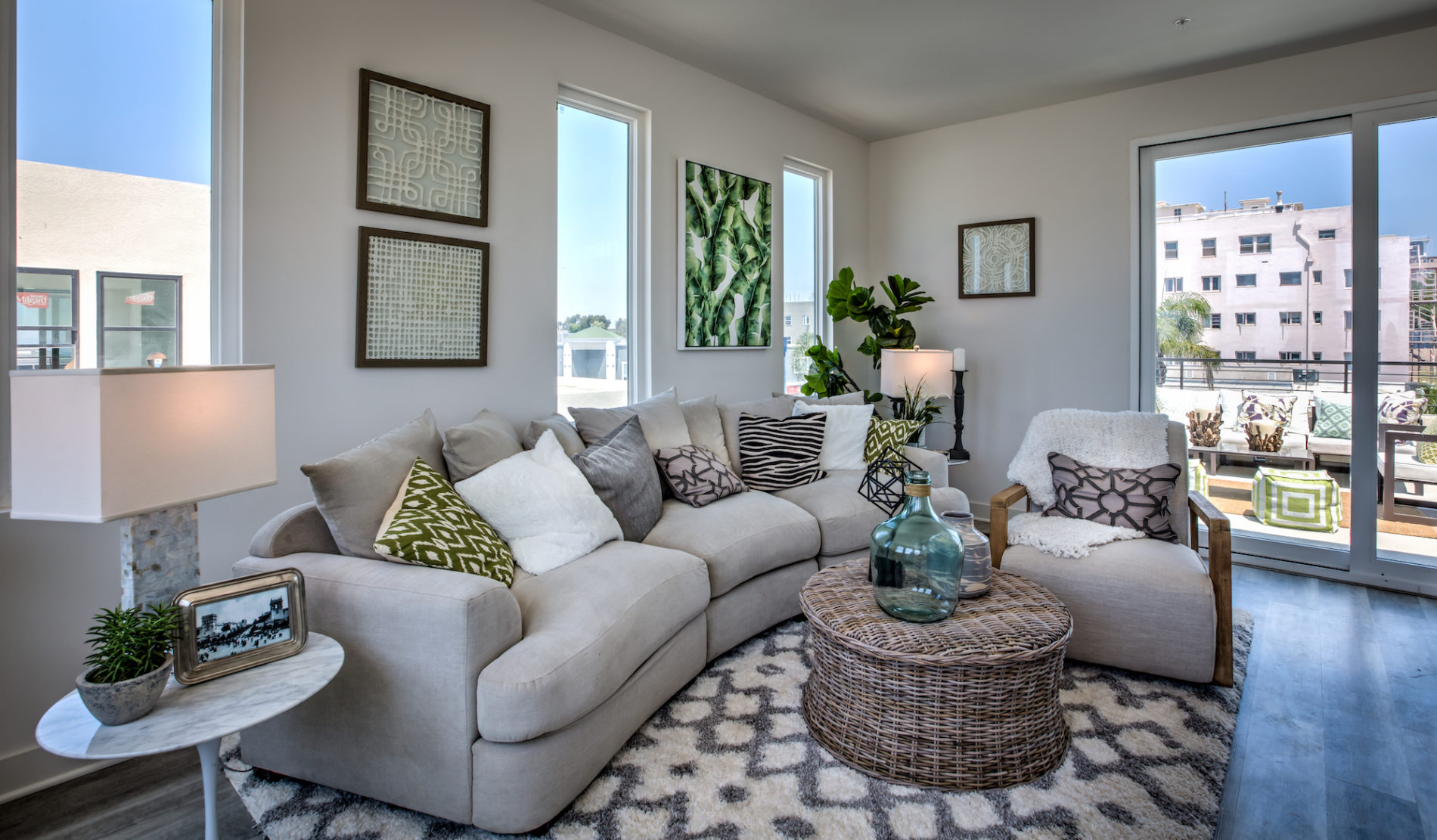

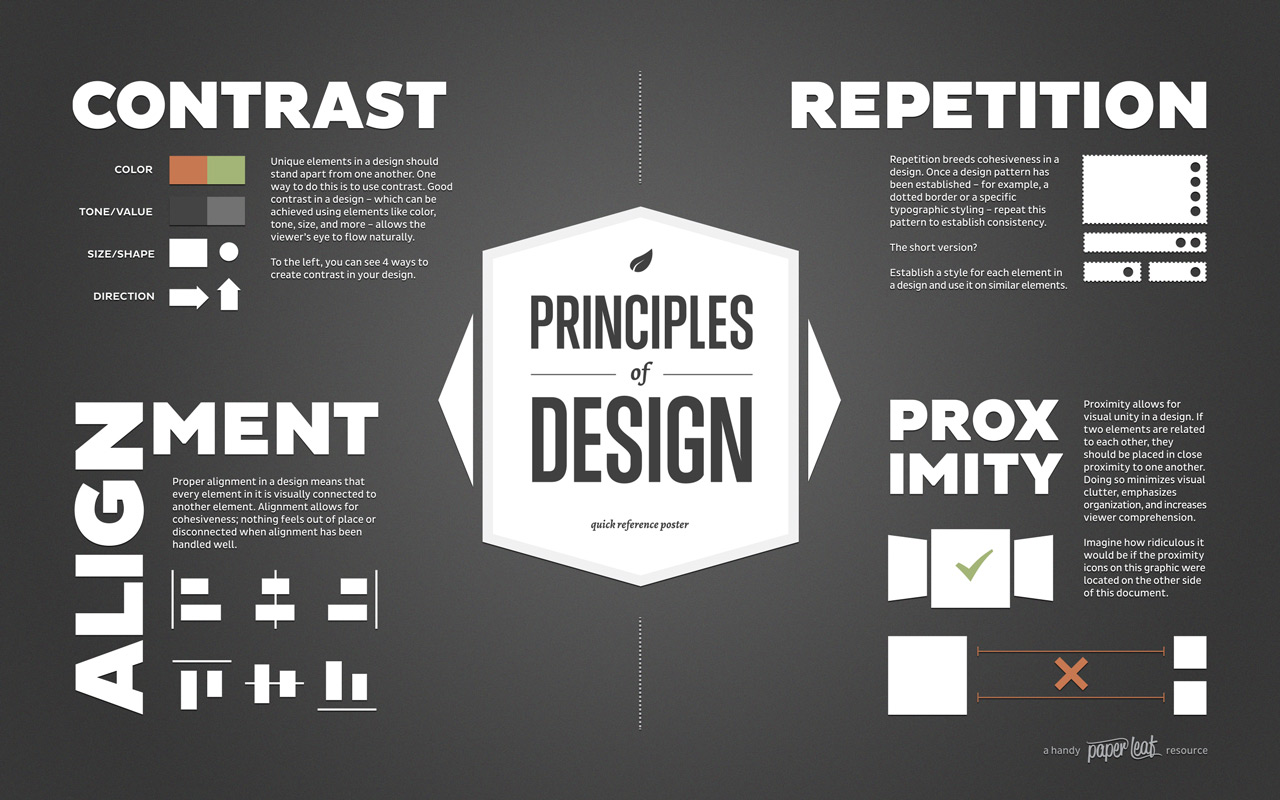








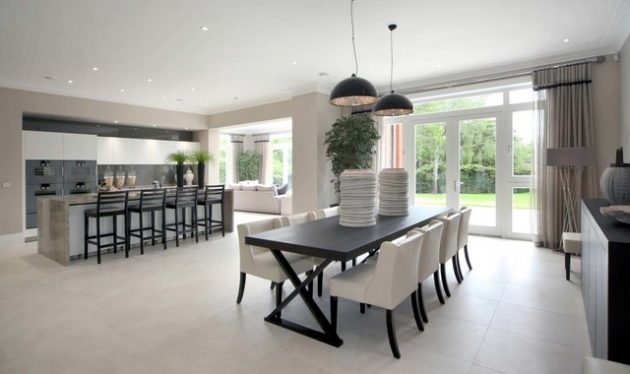
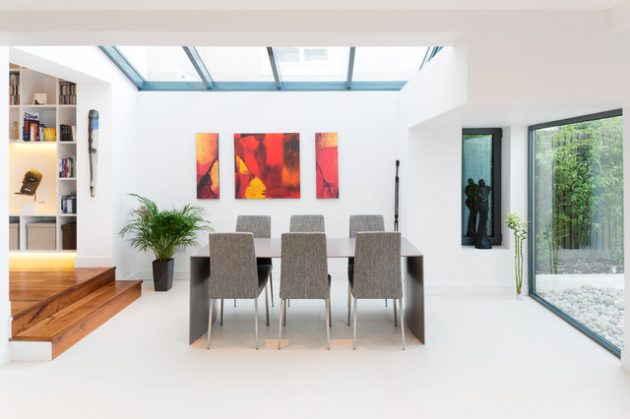
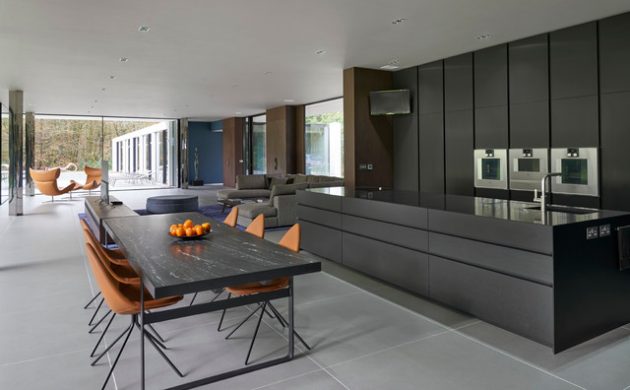










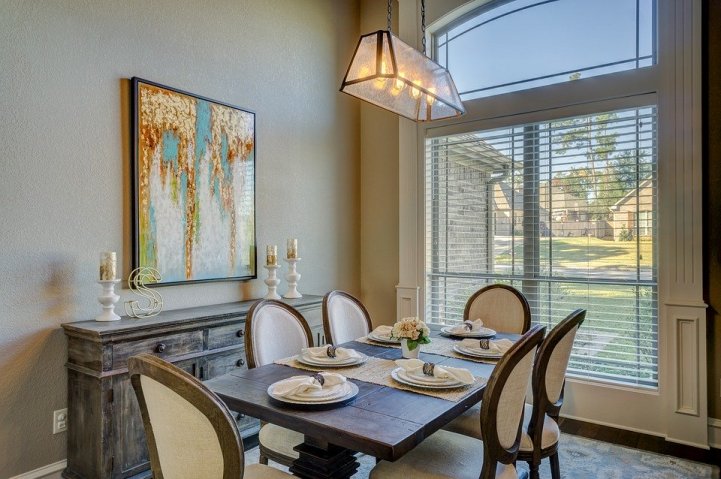


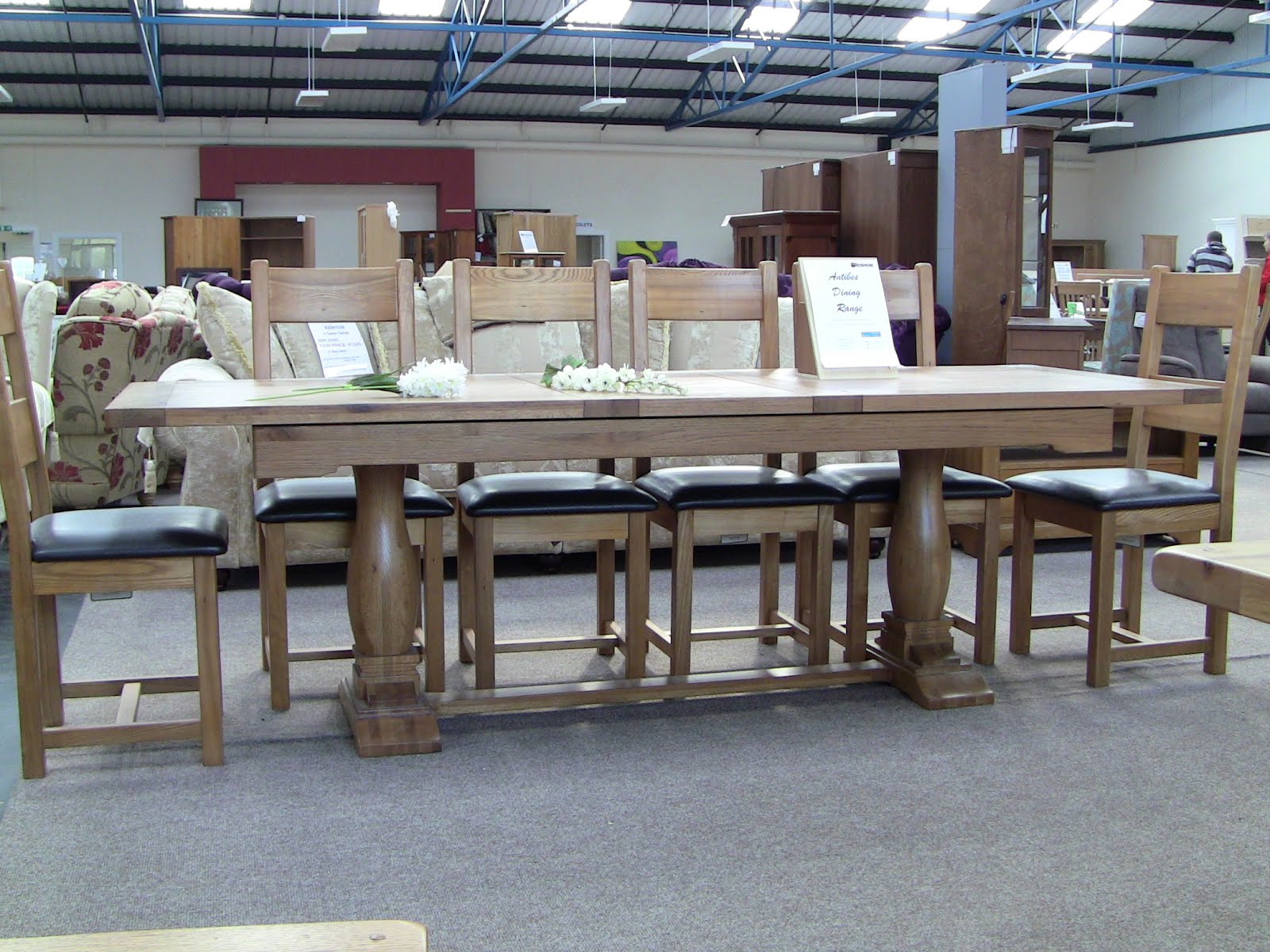
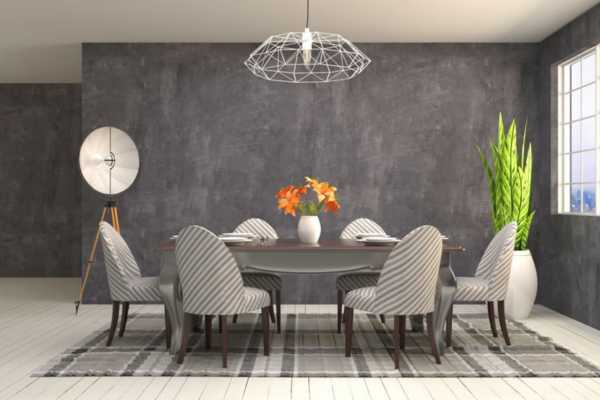







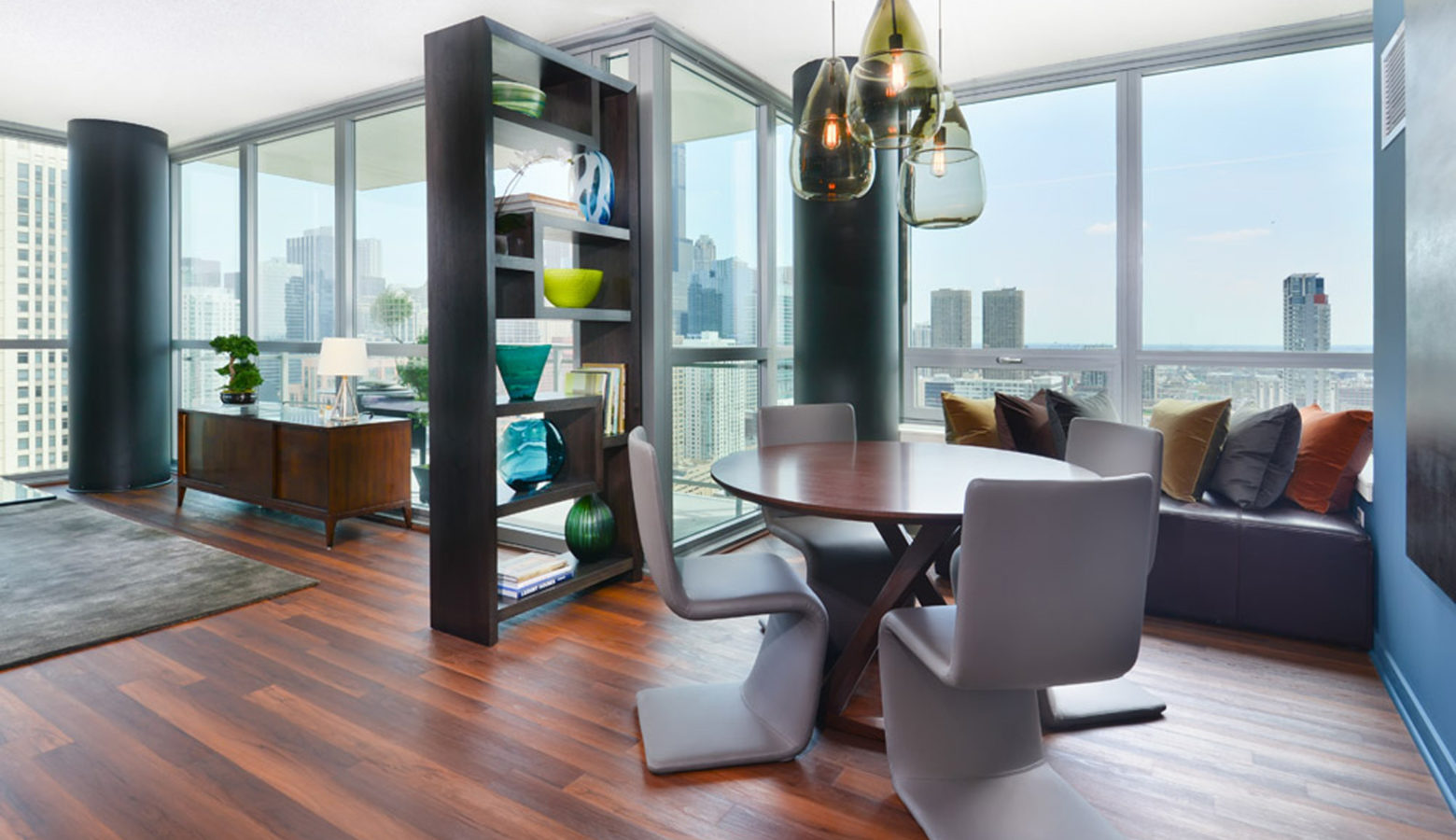
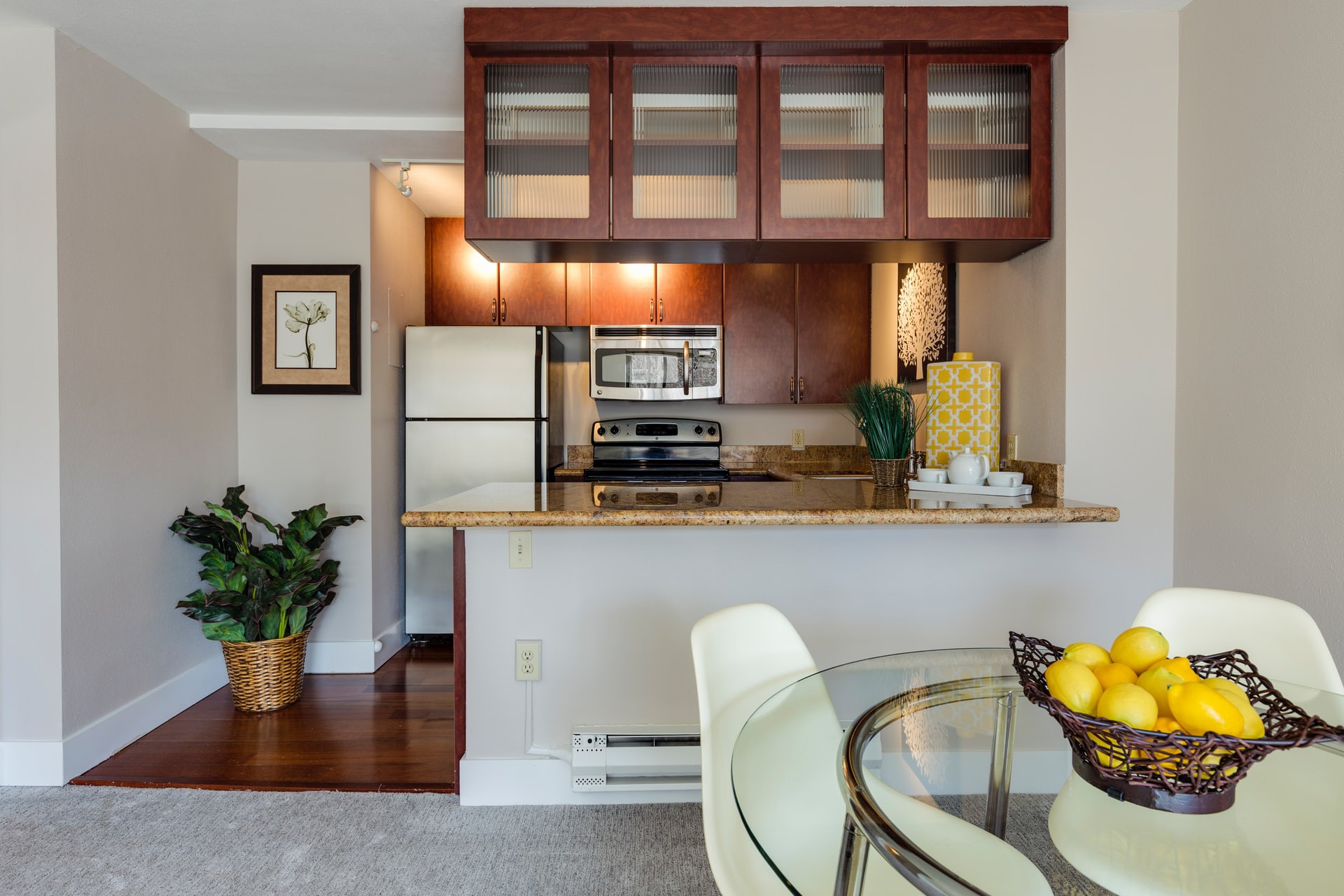
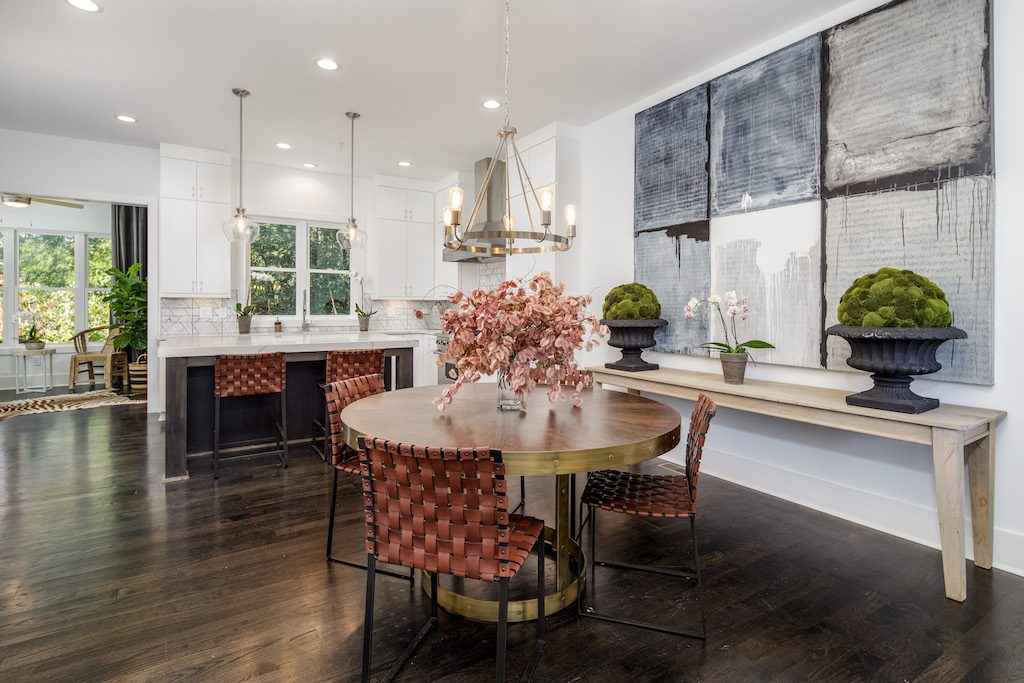
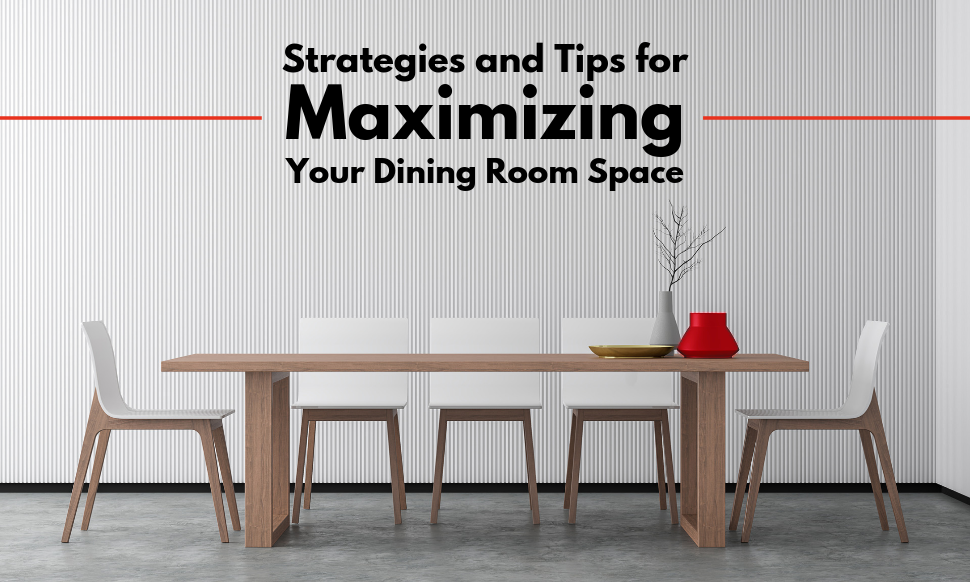




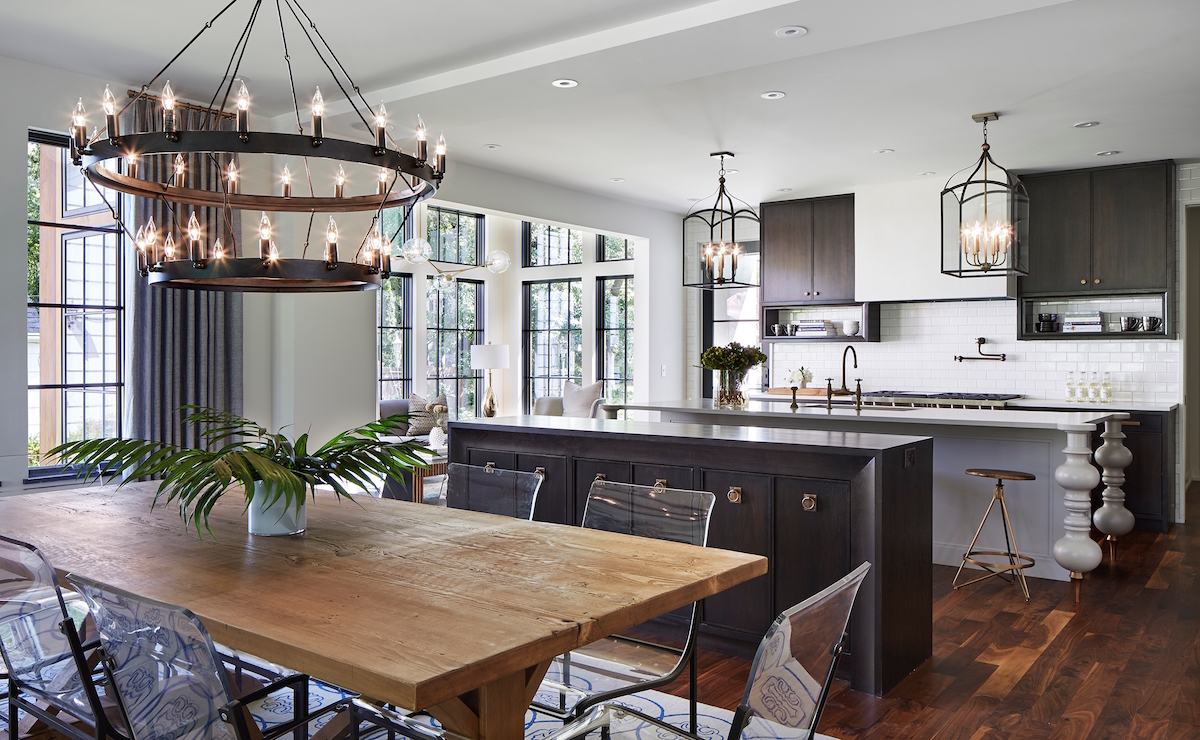
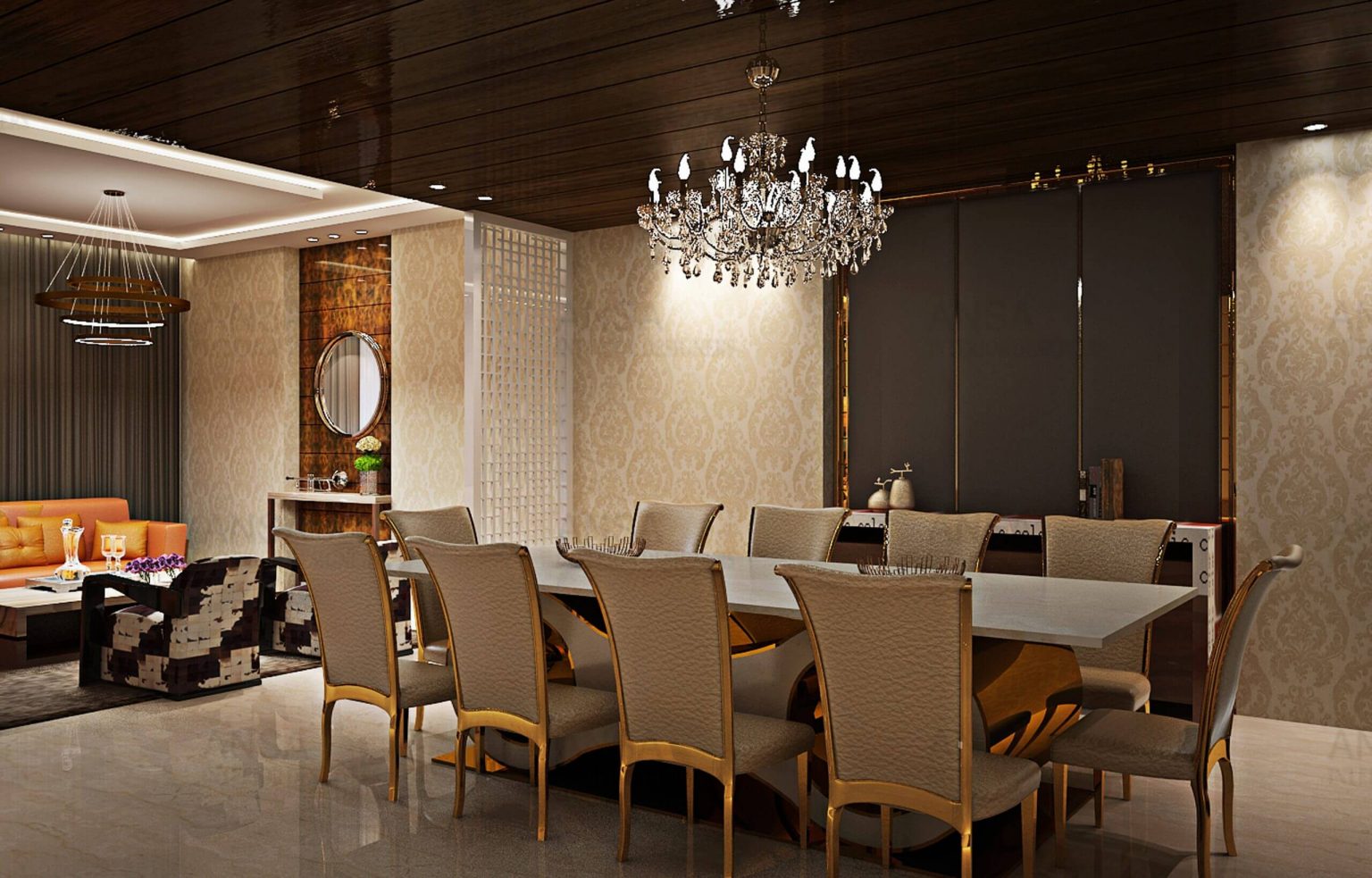
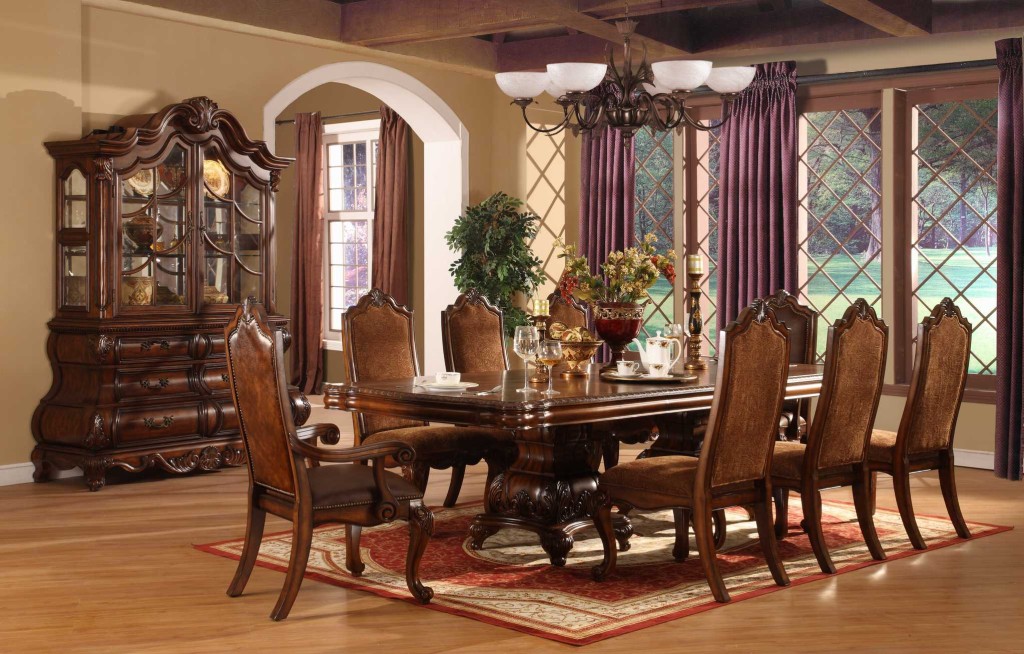
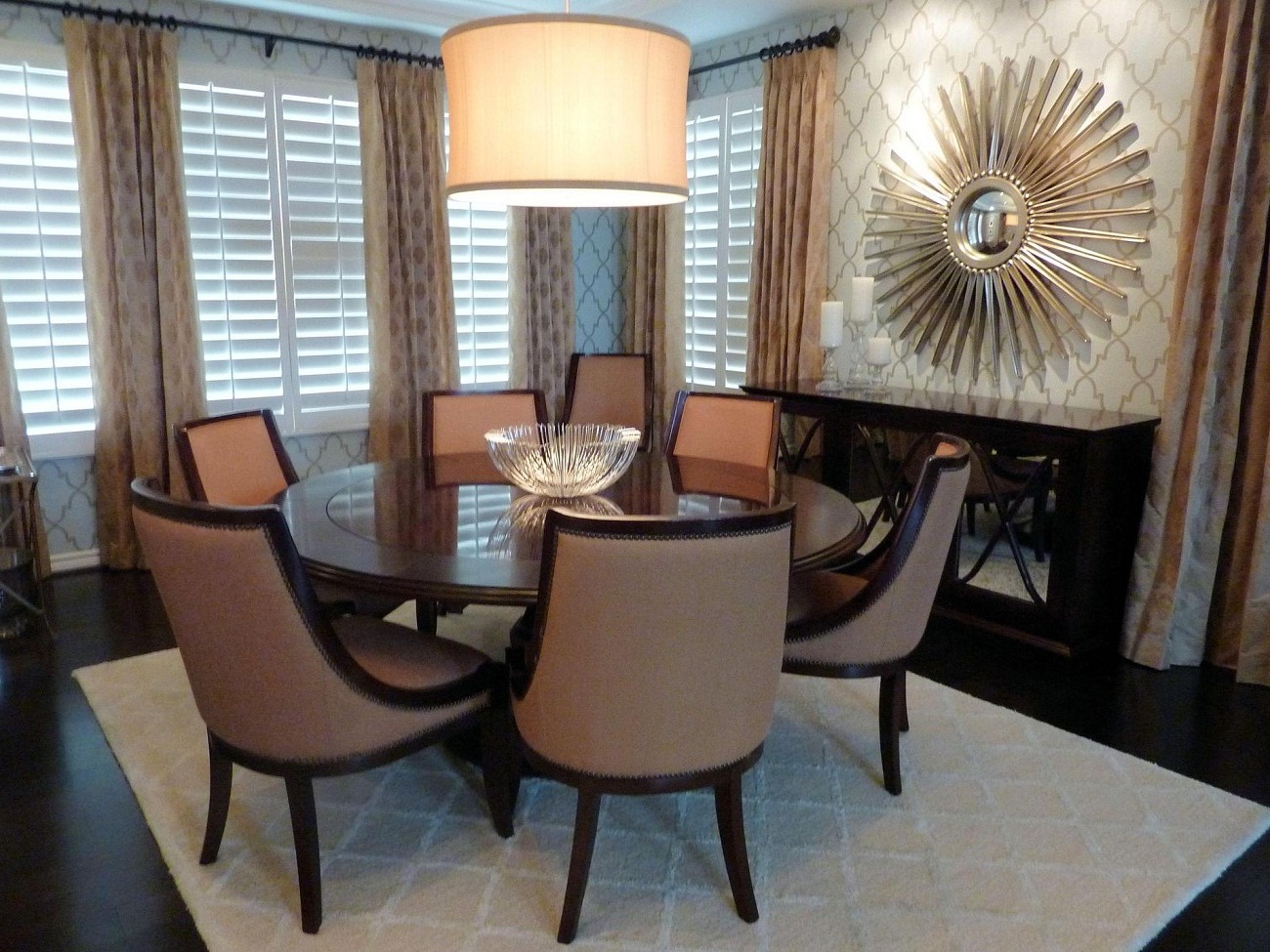

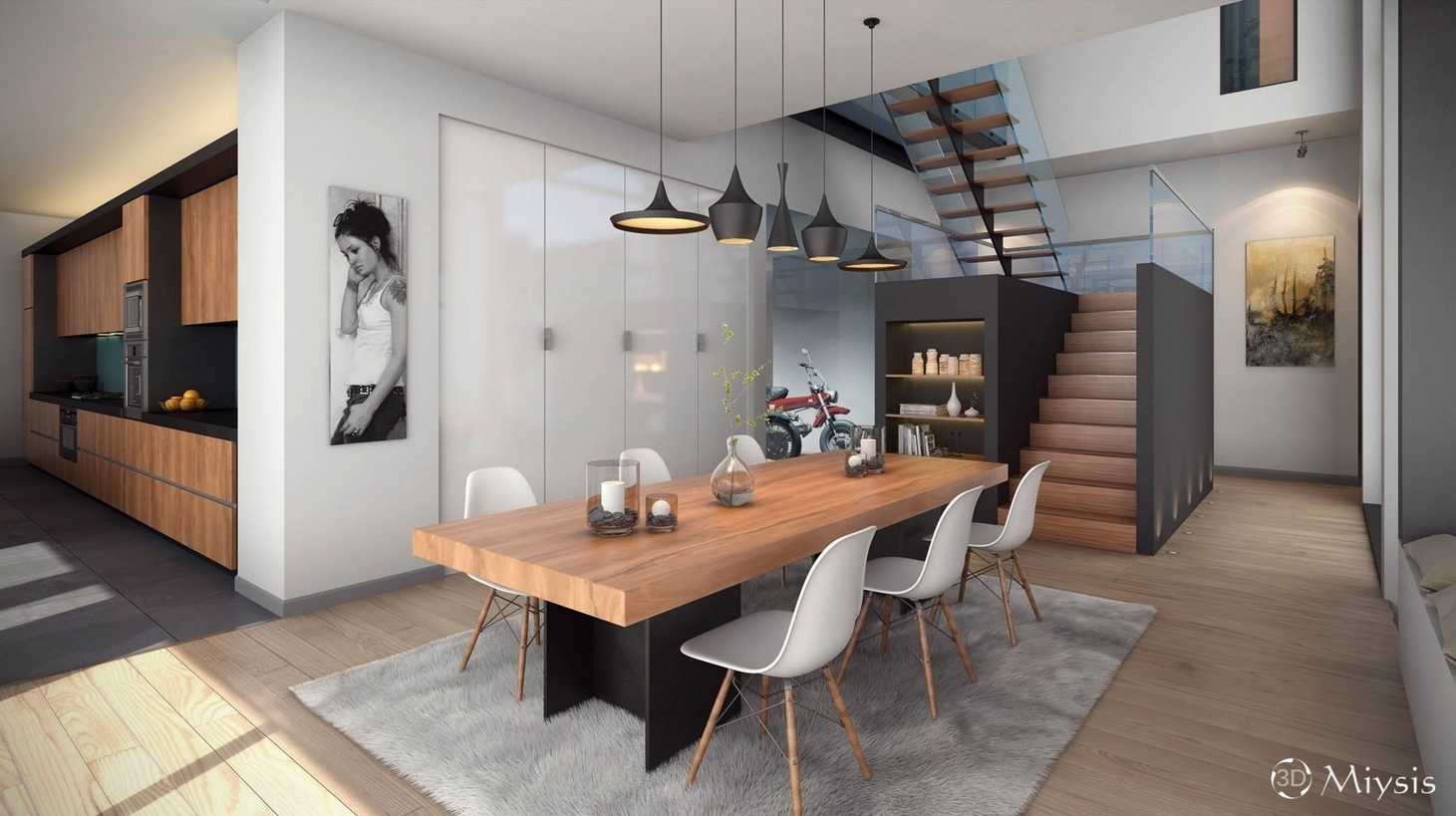



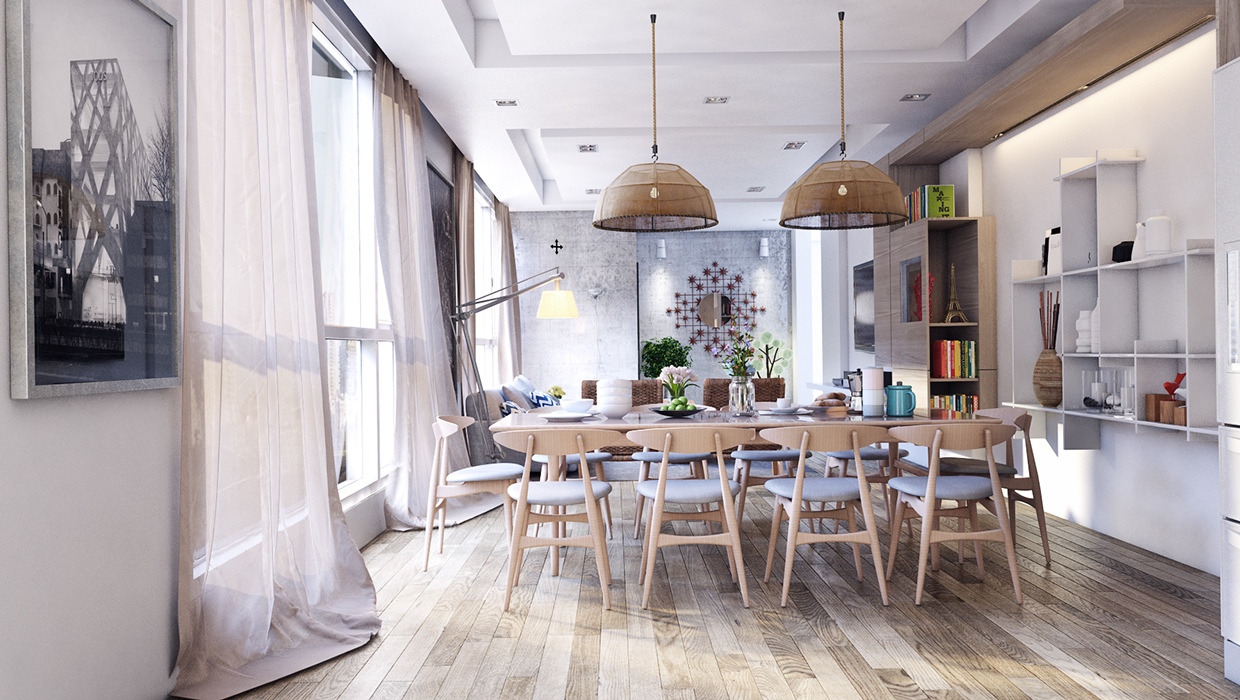


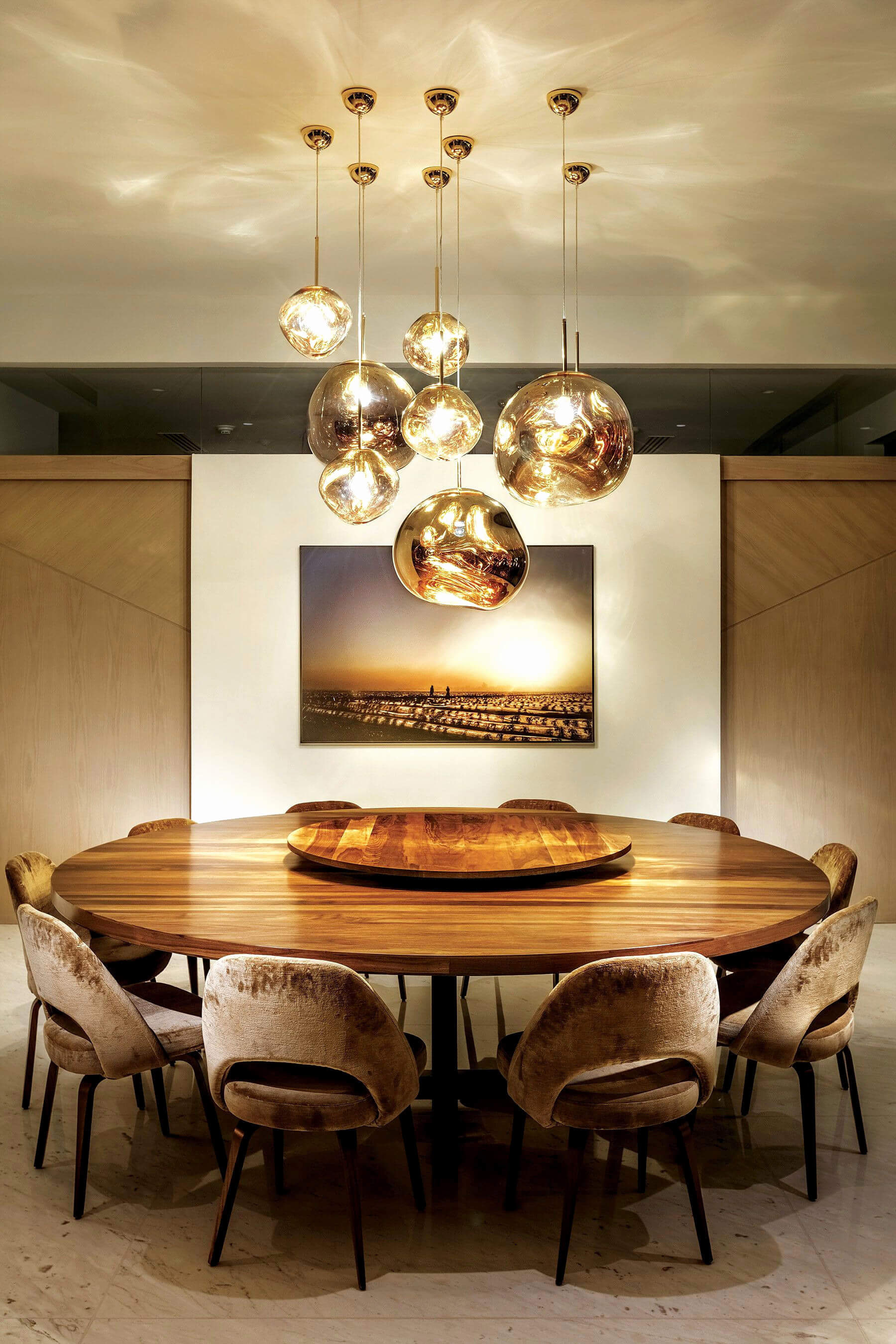


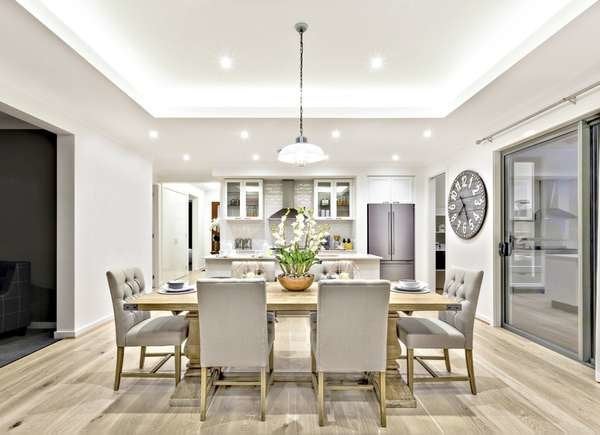


/dining-room-lighting-4157465-hero-28e9226fa7fb4f7e9f86a062ff22111c.jpg)




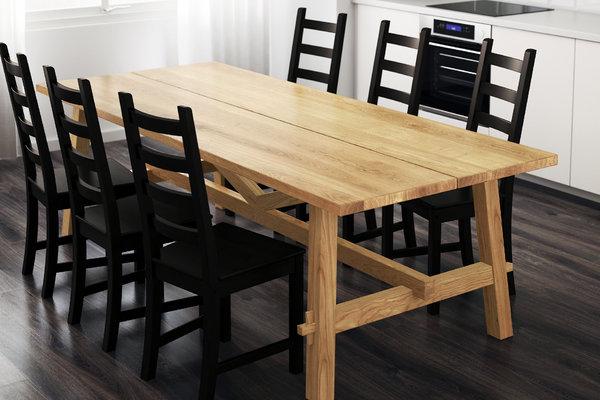
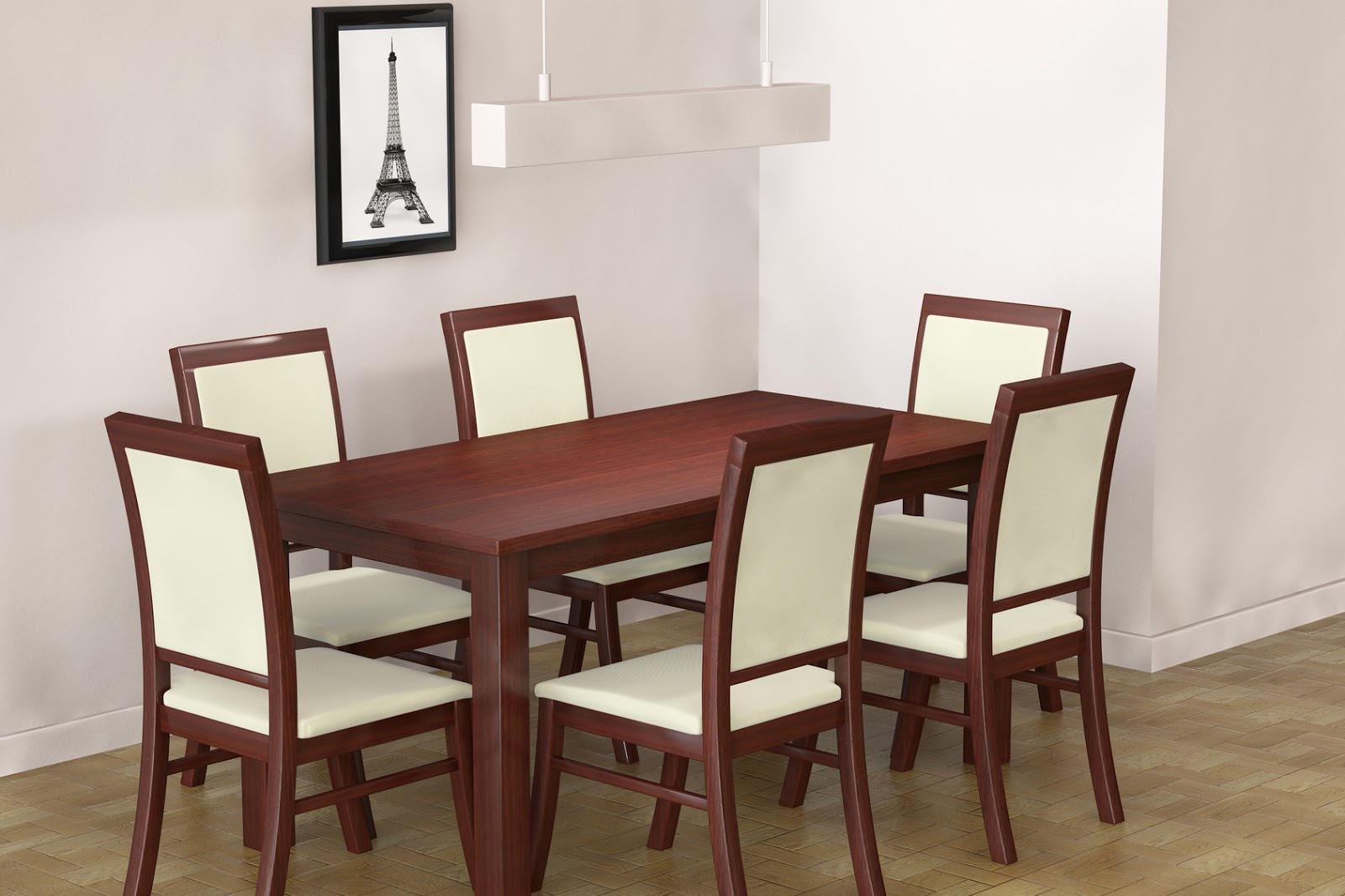
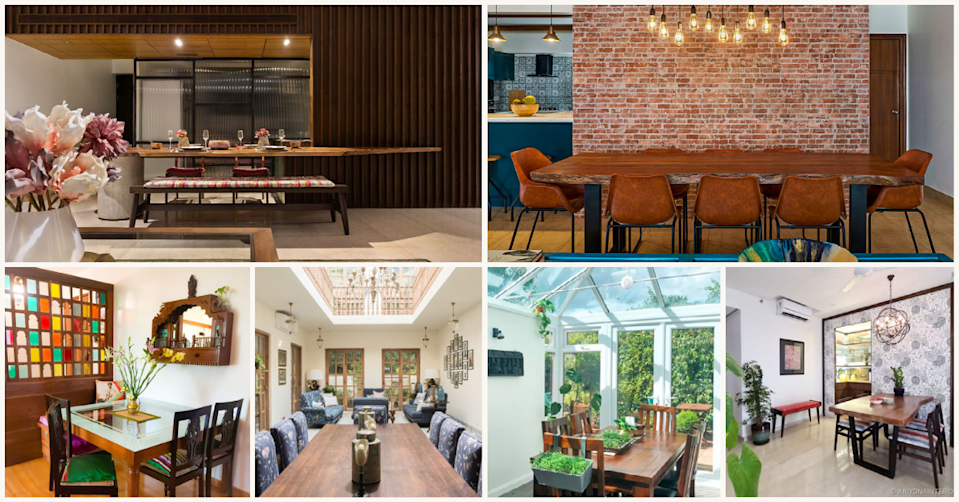

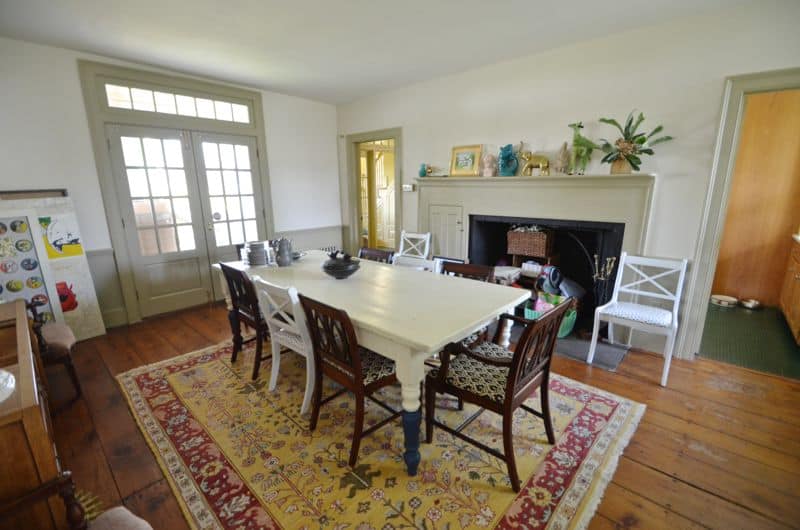
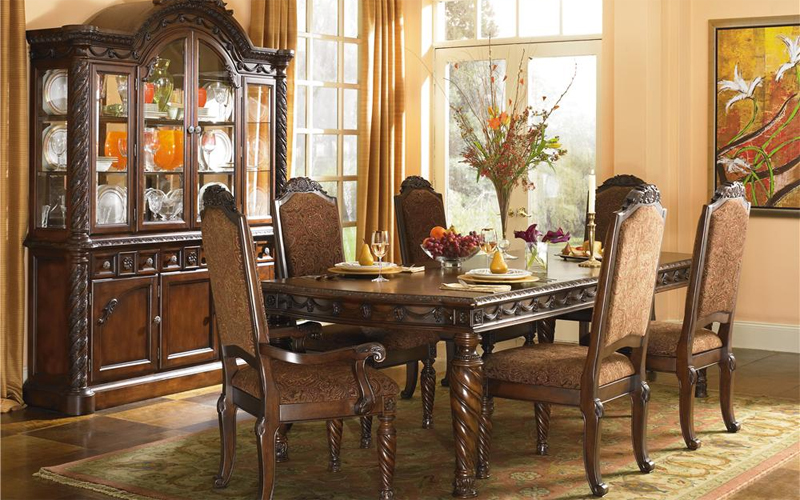





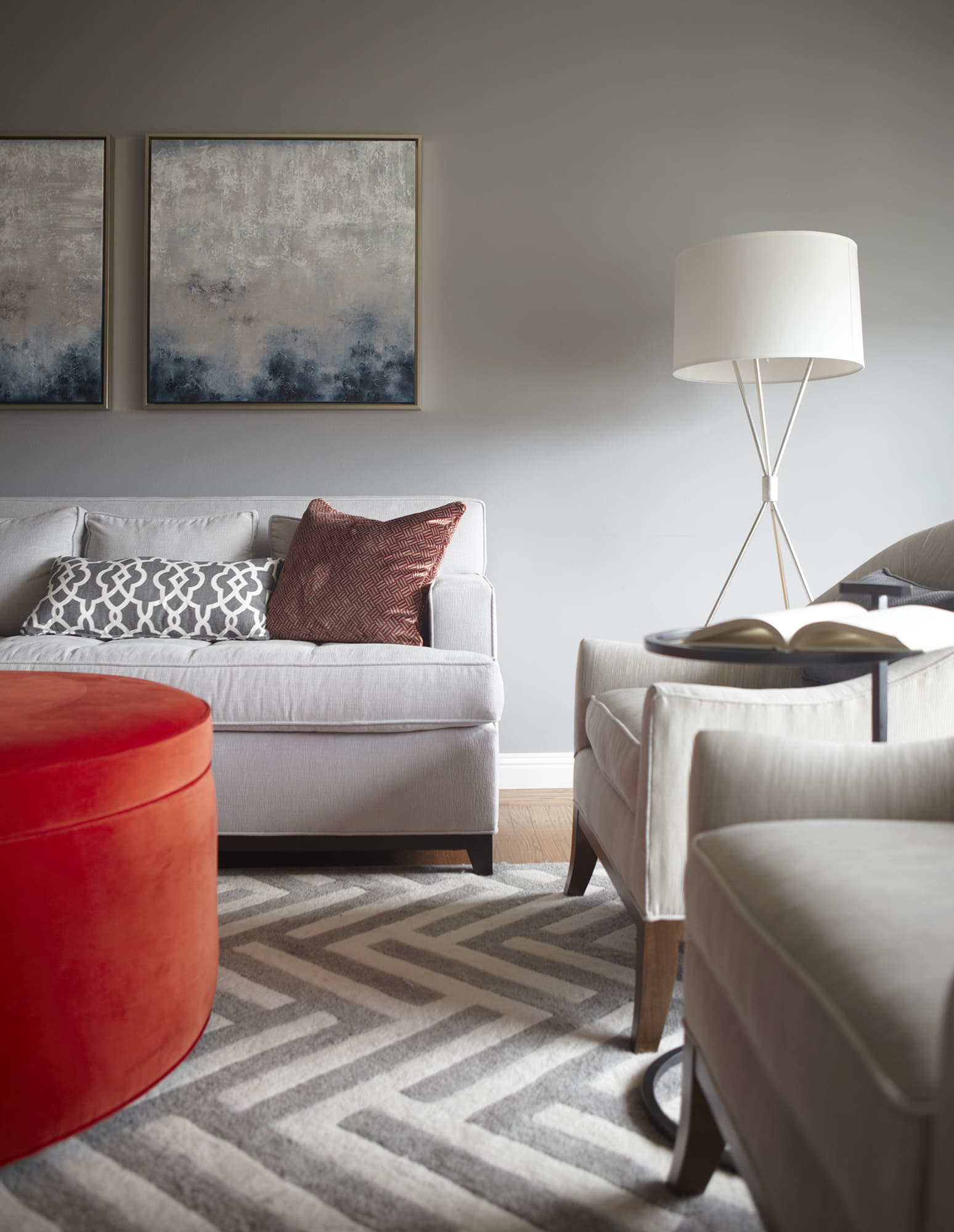


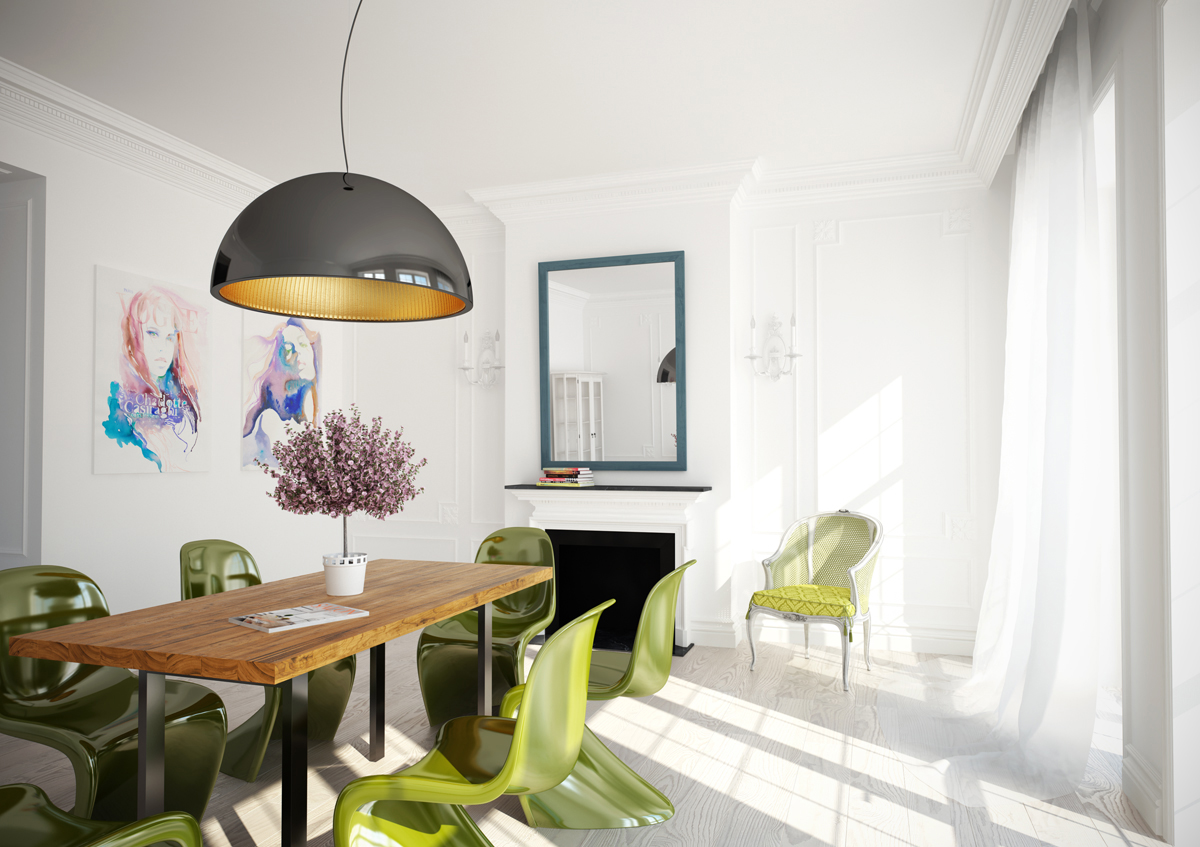
:max_bytes(150000):strip_icc()/dining-room-color-scheme-gold-583dd1ba3df78c6f6a29bf70.png)
